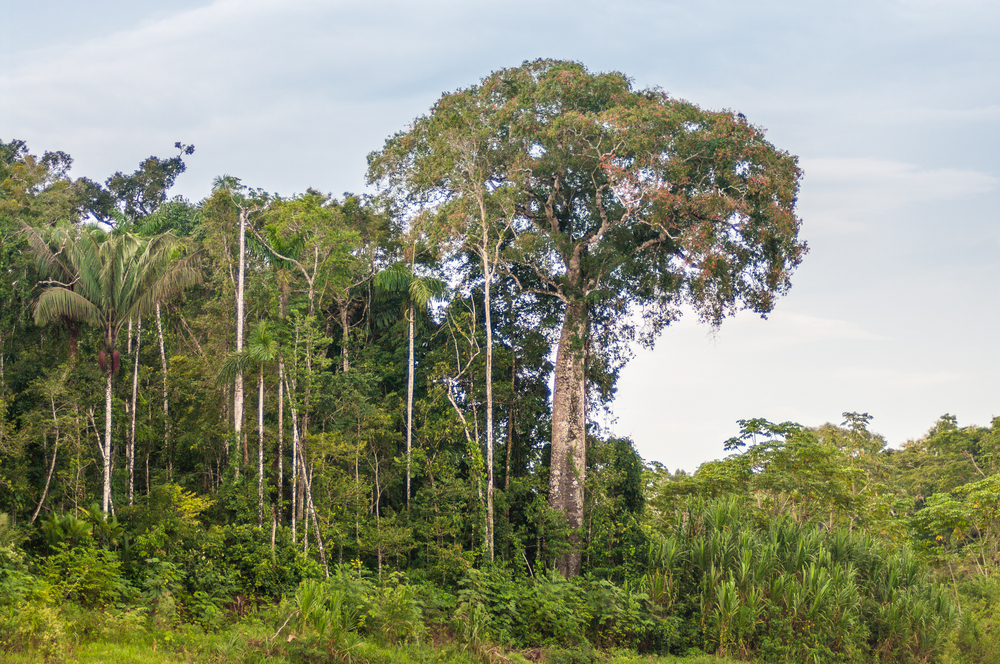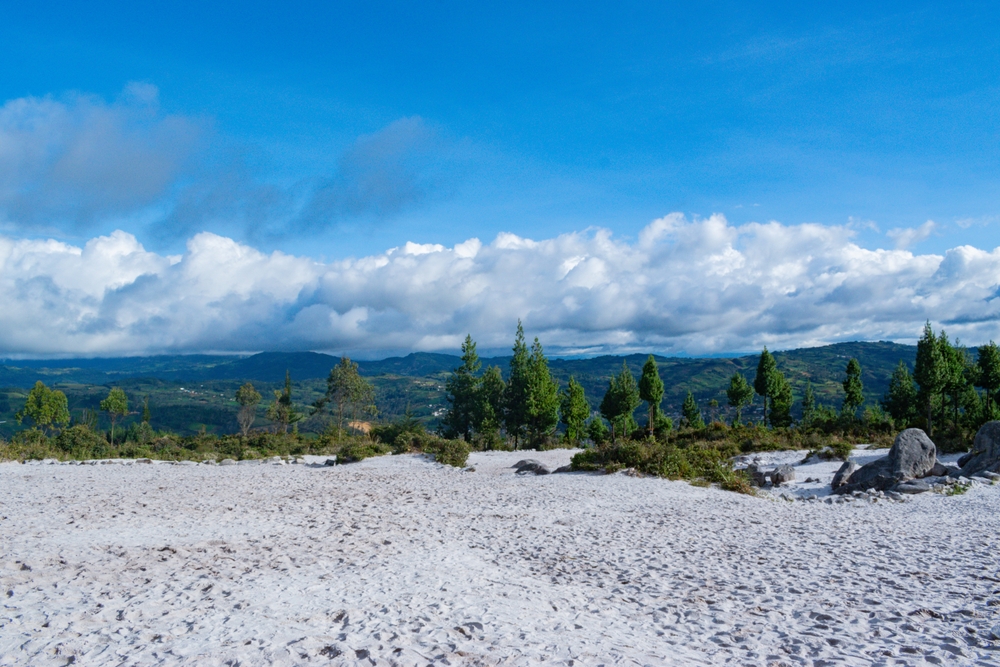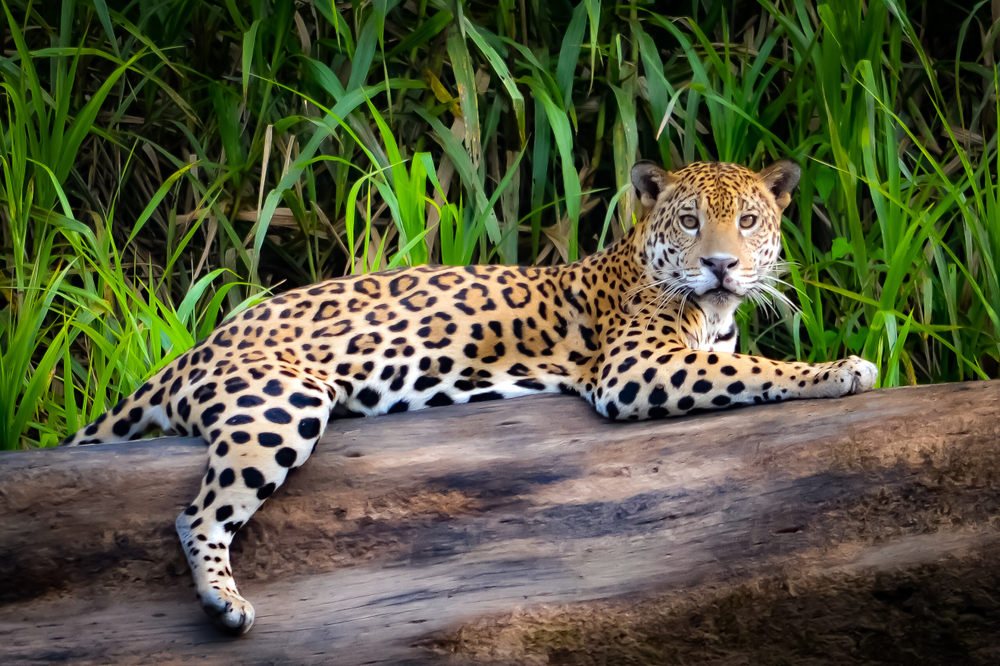Ichigkat Muja – Cordillera del Condor Overview
Ichigkat Muja – Cordillera del Cóndor National Park, located in the southeastern region of Peru near the border with Ecuador, covers approximately 343 square miles (888 square kilometers). The park is part of the Cordillera del Cóndor mountain range, a biodiverse and geologically unique area within the Amazon Basin.
It is characterized by rugged mountains, deep valleys, and high-altitude plateaus that transition into lush cloud forests and tropical rainforests. The landscape is shaped by the presence of sandstone formations, crystalline rivers, and an intricate network of waterfalls and streams.
The park also features unique tepui-like plateaus, which are remnants of ancient geological formations that have been eroded over millions of years. These landforms contribute to the park’s rich biodiversity and serve as a refuge for many endemic and rare species.
The park is home to an astonishing variety of wildlife, making it an important conservation area. Among the mammals found here are the spectacled bear, jaguar, ocelot, and tapir. Several species of primates, including the woolly monkey and the red howler monkey, inhabit the dense forests.
The park is also a haven for bird enthusiasts, as it shelters over 400 species of birds, including the Andean cock-of-the-rock, the harpy eagle, and various species of toucans and parrots.
The Cordillera del Cóndor is particularly notable for its amphibian diversity, with many frog species found nowhere else in the world. The rivers and streams support a rich aquatic ecosystem, with fish and invertebrates that thrive in the pristine waters of this remote region.
One of the most captivating features of Ichigkat Muja – Cordillera del Cóndor National Park is its cultural significance. The region has been home to the indigenous Awajún and Wampis communities for centuries. These groups maintain a deep spiritual connection to the land and continue to practice traditional ways of life that are closely linked to the forest and its resources.
The park contains ancient petroglyphs and archaeological sites that provide insight into the long history of human habitation in the region. Visitors to the park may have the opportunity to engage with local indigenous communities and learn about their traditions, medicinal plant knowledge, and sustainable land-use practices.
The best ways to experience the park include hiking through its varied landscapes, birdwatching, and exploring the numerous waterfalls and rivers that carve through the terrain. Some trails lead to stunning viewpoints overlooking the forest canopy, offering panoramic vistas of the Amazon and the Andean foothills.
Guided tours provide deeper insights into the park’s ecological and cultural richness, while river excursions allow visitors to explore its waterways and observe wildlife in their natural habitat. Photography enthusiasts will find endless opportunities to capture the beauty of the diverse landscapes, flora, and fauna.
Ichigkat Muja – Cordillera del Cóndor National Park faces several conservation challenges, including deforestation, illegal mining, and land disputes. Efforts by the Peruvian government, conservation organizations, and indigenous groups aim to protect the park’s biodiversity and cultural heritage through sustainable management and community-led initiatives.
Collaborative conservation projects have helped strengthen environmental awareness and enforce protections against illegal activities. The park remains a vital sanctuary for both wildlife and indigenous communities, ensuring the preservation of one of Peru’s most unique and biodiverse regions.














































































